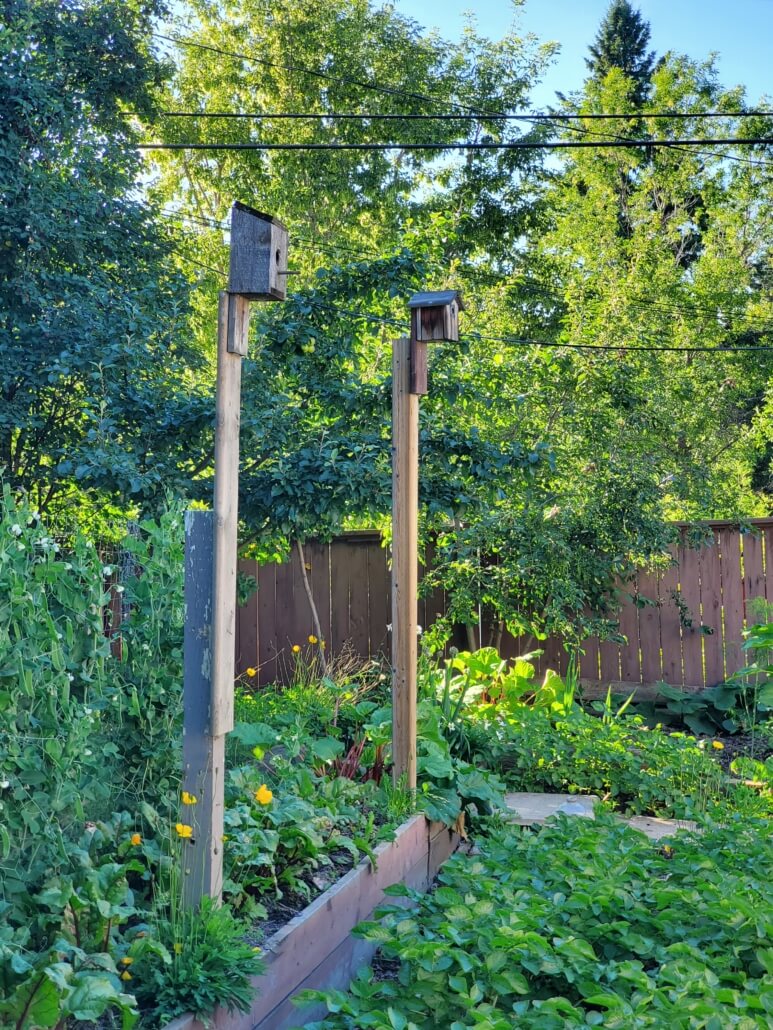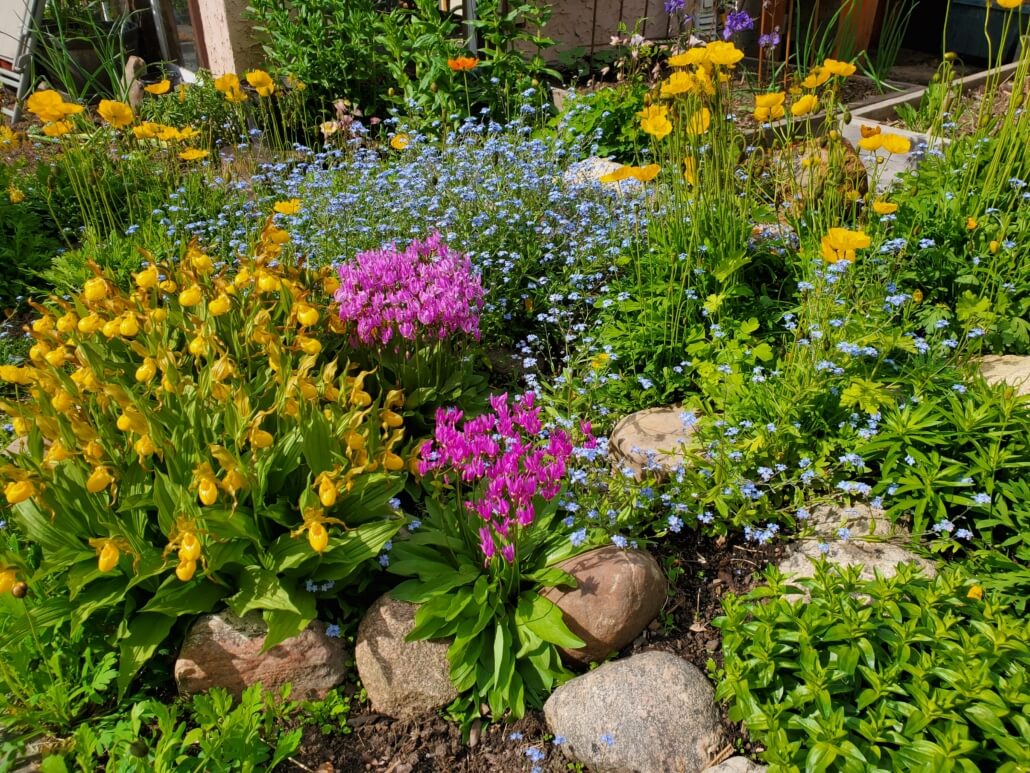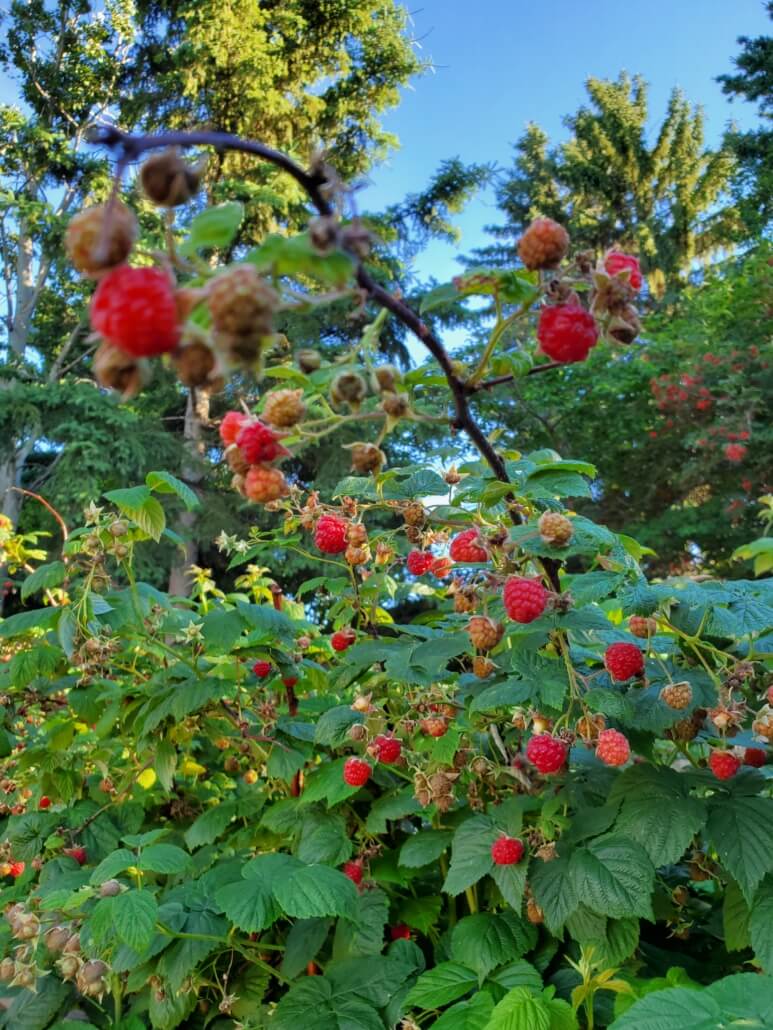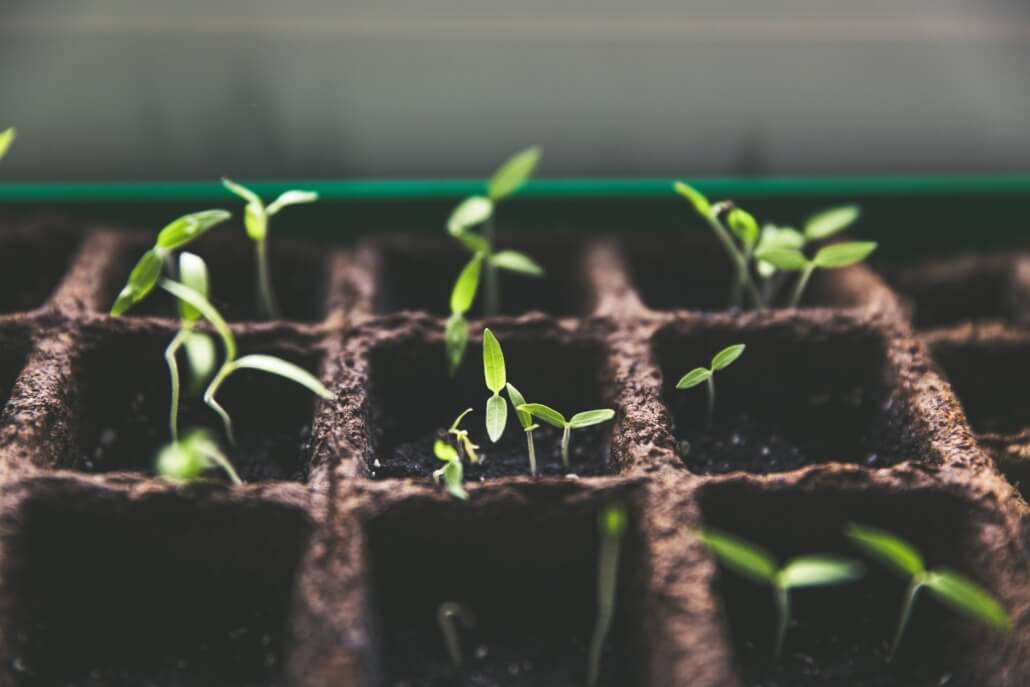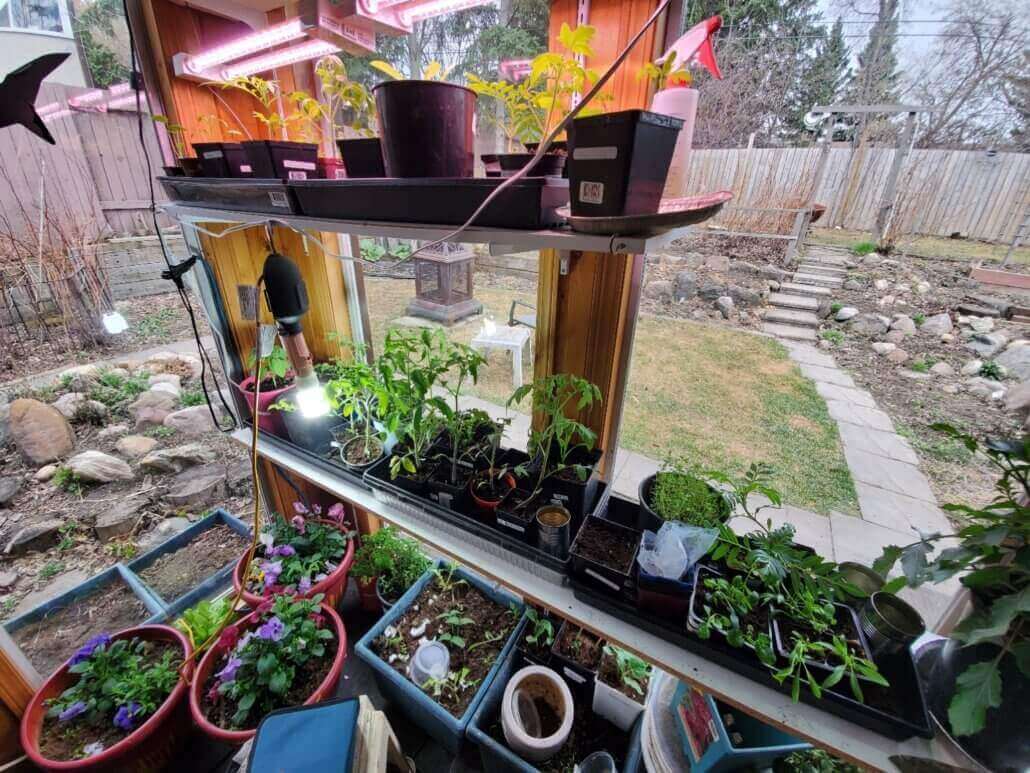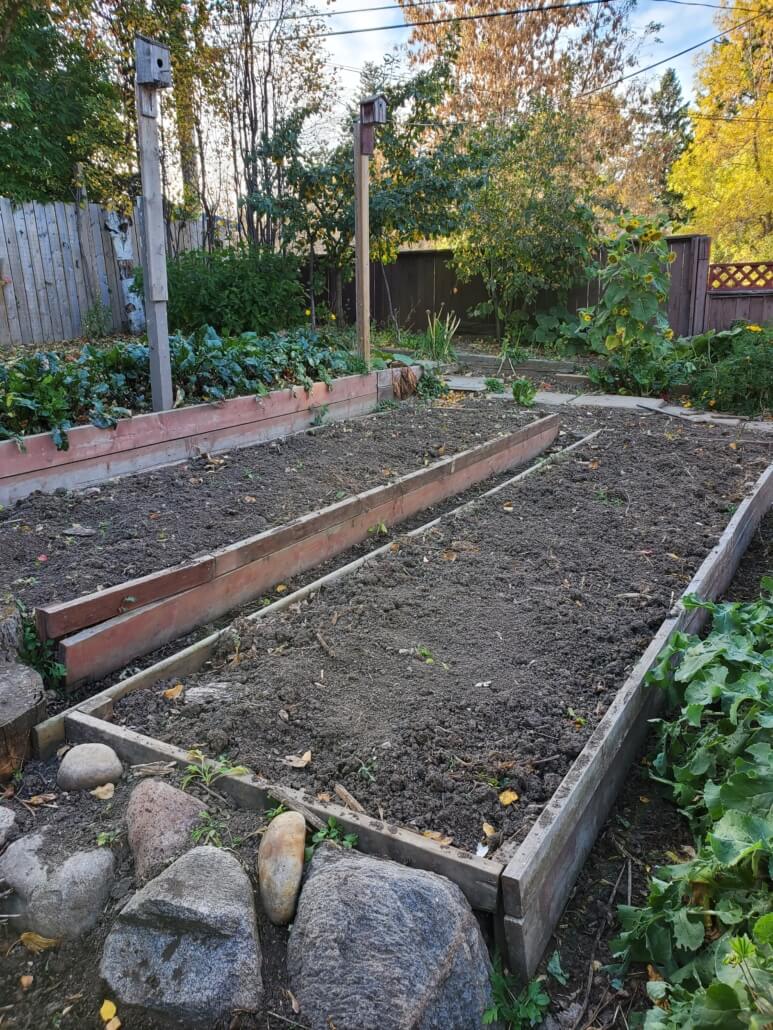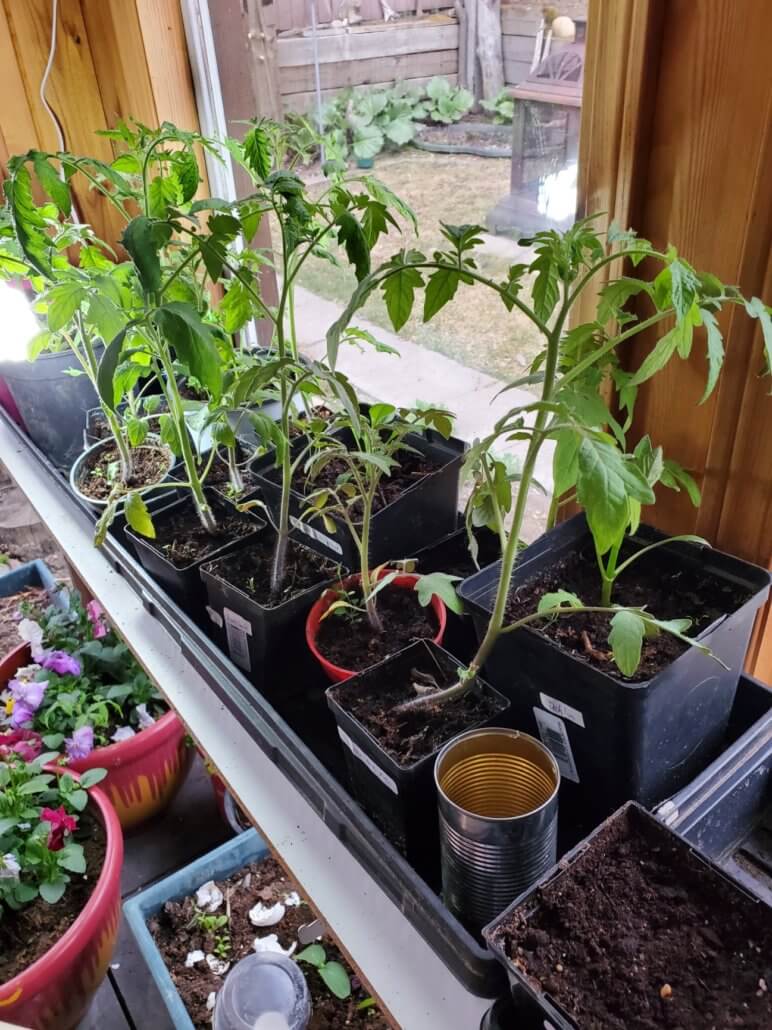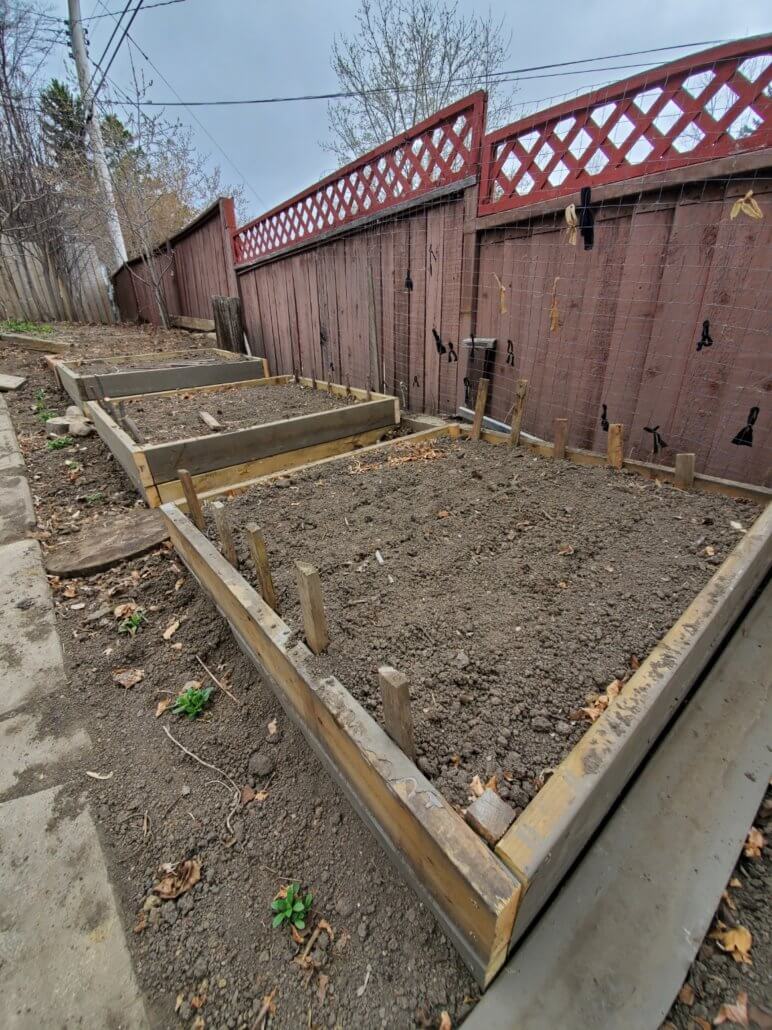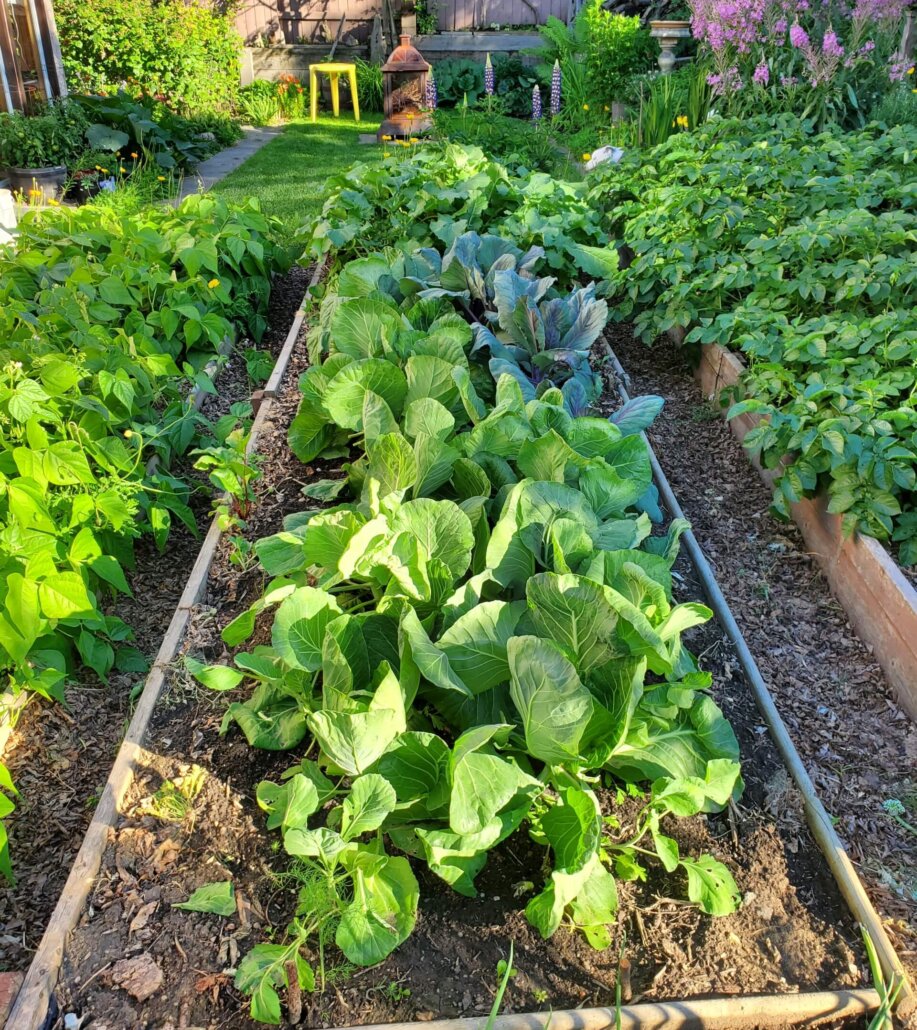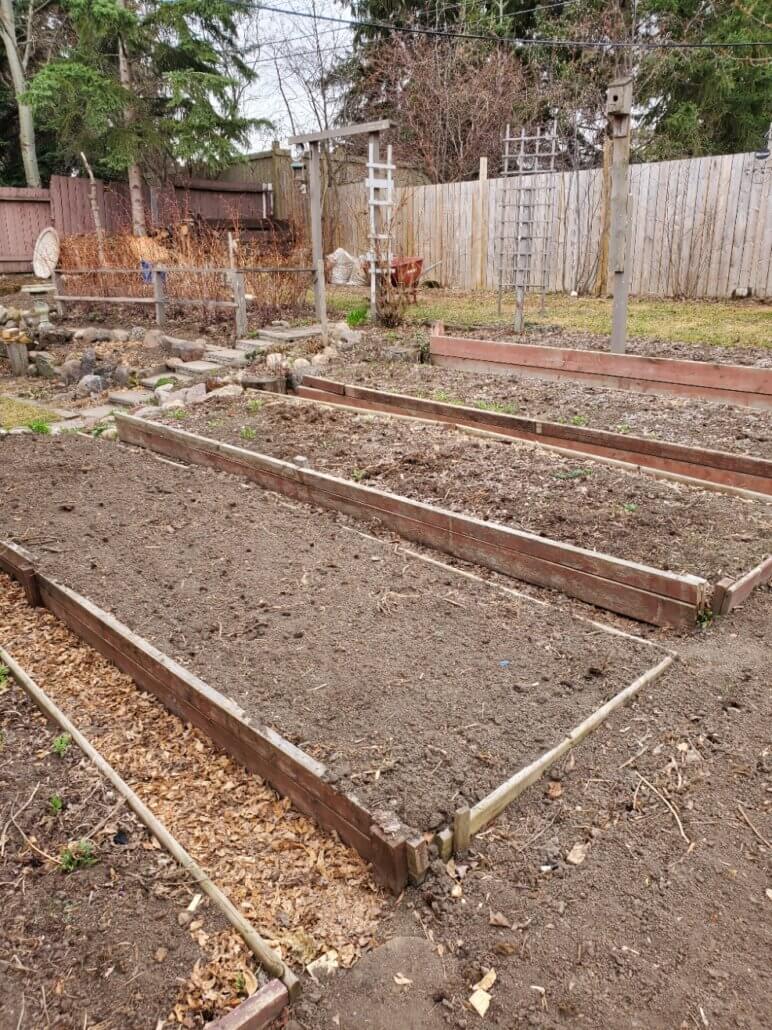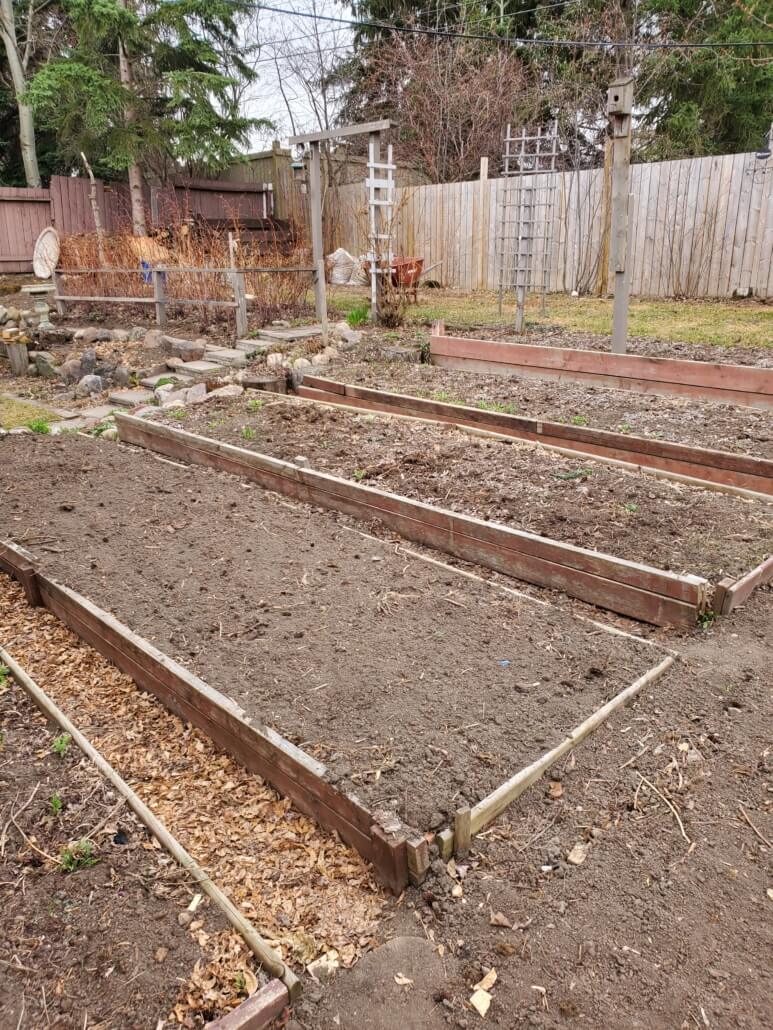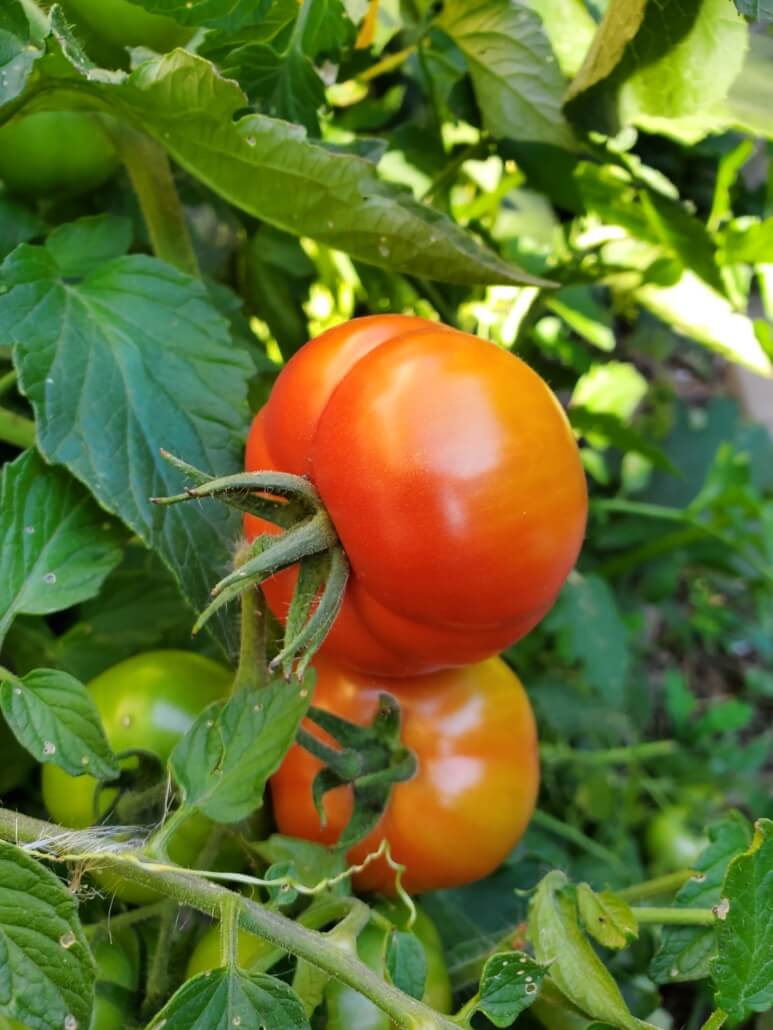Gardening is a pastime and a hobby for many people. This outline will one day become a book and outline the path to a happy garden.
Chapter 1 – Introduction
So, you want to garden. The allure of just off the vine tomato, the crunch of a carrot just pulled out of its bed. And maybe you want to start being a part of combatting global warming. Whatever the reason, you will be bonding to the forces of nature and all the benefits to your mental and physical health. And you stimulate your mind as you learn by growing.
Most of us are busy people. How to fit in another activity such as gardening is often a challenge between competing priorities.
This book is about gardening in an urban setting with ease, creating delicious food, getting physical exercise and mental stimulating all in one activity.
Bees, Butterflies, and Other Beneficial Insects
Create a Haven for Birds, Bees, and Butterflies
Create a Haven for Birds
Trees, Shrubs, and Berry Bushes
Community Gardens
The Summer Saga – Reflections on a Hobby
Chapter 2 – Getting Started
Every successful venture starts by planning. Gardening is no exception.
Planning includes where you will put your garden on your urban lot and what you plan to plant.
The process of successful urban gardening includes raised beds, creating productive soil, determining what vegetables and flowers to plant, managing the growing, harvesting, and finally preserving your harvest.
We recommend quality tools and how to take care of them.
Creating Good Garden Soil
Indoor Seed Starting and Transplanting
Starting Again – 2020
Gardening – Getting Started
Chapter 3 – Raised beds and Productive Soil
A raised bed contains soil that is deeper than the original soil. I prefer a raised bed enclosed by a frame of two-inch-thick untreated lumber. Ideally, there should be at least a depth of 16 to 18 inches of soil.
Raised beds have three main advantages over the traditional garden. First, you only walk on the path between the beds, thereby avoiding compacting the soil where your plants are growing. Compacted soil reduces the amount of air and water in the voids between soil particles, resulting in stunted plant growth and smaller vegetables. Secondly, you can weed and thin at any time, even when it is raining if I am so inclined. Thirdly, it is much easier to plan crop rotation.
While each plant thrives best on its unique needs, most urban gardeners are best off using a generic soil in which vegetables and flowers will grow satisfactorily, especially when you rotate crops. The best garden soil is an intimate mixture of clay, silt, sand, microorganisms, worms, and other creatures, and of course compost. Add to this mixture, water, and sunshine and you have ideal growing conditions.
You can use additives to change soil acidity or provide amendments to provide specialized nutrients for specific plants.
You must continually enrich your soil with compost in order to replace the soil elements remove by your plants.
Container Gardening
Putting the Garden to Bed
The Summer Months
Soil Preparation and Raised Beds
Creating Good Garden Soil
Saving time With Raised Garden Beds
Chapter 4 – Starting Seedlings
To start seedlings, you need a seeding starting mixture, light, and heat. I fill 2 x 2-inch starting pots with a mixture of compost, potting soil, and seed starting soil. I start tomato, squash, pumpkin, cucumber, amaranth, pansy, petunia, marigold, blanket flower, nasturtium, and lobelia from March to early April, depending on the growth rate. In my sunroom, I supplement sunlight with LED grow lights. Seedlings are transplanted once the threat of frost is gone.
Spring Bulbs and Garlic
The Summer Months
Gardening – Getting Started Outside
Getting Started Outside – Early Planting
Indoor Seed Starting and Transplanting
Gardening – Sowing and Growing
Chapter 5 – Spring Planting
Plant according to your plan. Each vegetable has a best time for planting. For example, spinach and garlic can be planted in the fall. Carrots and peas can be planted early in May when there is still a chance of frost. Beans and potatoes should be planted in late May; they freeze easily and mature in early August. Remember to rotate your crops from year to year.
With raised beds there is no soil compaction by walking on the garden. Therefore, no till is an option that saves a considerable amount of spring work. And, weeding and thinning can be done at any time, even just after a rain.
All About Trees
Spring Bulbs and Garlic
Create a Haven for Birds, Bees, and Butterflies
Create a Haven for Birds
The Hot Weather Vegetables
Herbs
Chapter 6 – Container Gardening
Almost every vegetable or flower can be grown in a container. But, some do better than others. The trick is to match the container to the size of the plant. Obviously, large plants such as dahlia or peas need a much larger container than pansies or lettuce.
However, most vegetables will be more productive in an open area than in a container.
The soil in a container must be changed each year. I use a mixture of garden soil, potting soil, and compost in each container. This chapter recommends how specific vegetables and flowers can be grown in a container.
Container Gardening
Saving time With Raised Garden Beds
Chapter 7 – Birds, Insects, Pests, and Pesticides.
Have you wondered why we have fewer songbirds today, or why there are so few insects splattered on your windshield after a summer drive? Or, why there are so few earthworms after heavy rain on the surface of our walks? Many of the pesticides we use are the reason.
Scientists estimate there are approximately 20,000 varieties of insects and that between 97%-99% of the insects are either harmless or beneficial. Beneficial insects pollinate flowers, vegetables, and fruit trees. Others help to keep pests under control. Unfortunately, many pesticides and lawn chemicals kill all insects, seriously impacting the productivity of our gardens. We must avoid the use of all systemic pesticides.
Gardens are an ecosystem. A garden without pollinators, birds, and the inevitable pests is incomplete. While we don’t want insects to ravage our gardens, we must be selective on how to deal with the small percentage of insects that are harmful.
All About Trees
Preserving and Storing Summer Produce
Trees, Shrubs, and Berry Bushes
Spring Bulbs and Garlic
Bees, Butterflies, and Other Beneficial Insects
Create a Haven for Birds, Bees, and Butterflies
Chapter 8 – Summer Care
Weed early and weed often. With raised beds this is easy because you can go onto your garden at any time without compacting the soil. In fact, weeding is easiest when the soil is wet. To get decent sized produce you must thin. For example, thin carrots approximately five centimetres or two inches apart. Carrots are tricky, after you thin them, more sprout. Every vegetable has a best spacing. Each vegetable has a somewhat different need for water. For example, onions are shallow-rooted and a dry soil surface limits their growth. Get water down to their roots with drip irrigation or other methods.
Many common problems and their solutions are included.
Gardening – Composting and Planning
Chapter 9 – Harvesting – Pick, Eat, or Store
The proof of the pudding is in the eating. And so, after all the work in preparing, sowing, weeding, watering, and gently encouraging, it is time to pick, eat, and save.
What follows is what I have researched in books, magazines, and the internet and implemented in my own garden. Remember, plagiarism is copying from a single source, while research is using information from many. Everything I write about, I have tried. Sometimes it worked, other times it didn’t.
What we don’t eat, we freeze or store. We use a Foodsaver vacuum sealer or plastic containers for freezing, we store vegetables in peat, and we store onions, potatoes, and winter squash in a cool area dry area. Each vegetable has its own best way to preserve.
Preserving and Storing Summer Produce
Trees, Shrubs, and Berry Bushes
Putting the Garden to Bed
Pick Eat and Store
Gardening – Harvesting and Storing
Chapter 10 – Preparing for Next Year
Even though all the fruit and vegetables have been harvested, there is still much to do. The soil in the raised beds must be cleaned up and refreshed with compost. Flower beds must be cleaned up, removing dead or dying vegetation. Leaves must be gathered up for mulching strawberries and other plants.
No-till allows you to prepare your beds for planting in the spring. Then, all you need to do is to smooth the surface, remove any debris, and break up any clods of dirt before you plant.
All About Trees
Spring Bulbs and Garlic
Create a Haven for Birds, Bees, and Butterflies
Create a Haven for Birds
The Hot Weather Vegetables
Herbs
Chapter 11 –Recipes
Many gardeners seem to grow too many zucchinis and think the only way to get rid of the excess is to sneak them onto a neighbor’s step in the middle of the night.
This chapter has a number of delicious recipes for those seasonal vegetables that are too abundant to store all of them. Some of our favorite recipes for zucchini, beets, cabbage, tomato, lettuce, parsnip, and many other vegetables and fruits are included.
